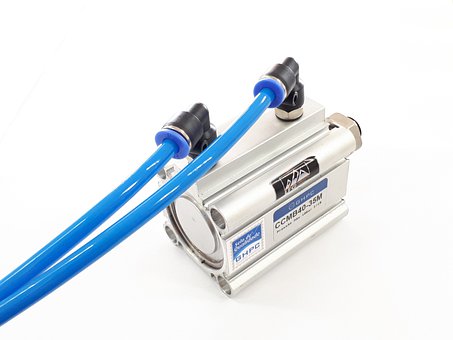Contents
– Tire pressure gauge: description
– Functioning of the pneumatic pressure gauge
– The different models of tire pressure gauges
Driving with properly inflated tires is as much a matter of safety as reducing fuel consumption. That’s why you need a tire pressure gauge, also known as a tire inflator. This device allows you to check the pressure of your tires, but not only that. This post explains it all to you below.
Tire pressure gauge: description
The tire pressure gauge allows you to know quickly, by connecting it to the tire valve, the effective inflation value.
It helps you adjust the pressure of your tires, provided that you have a compressed air source like a compressor at home.
Thanks to the presence of a relief valve, it is also possible to reduce the pressure value of the tire.
Good to know: there is also another type of pressure gauge that displays the pressure value of the tire without the possibility to correct it.
How does the tire pressure gauge work?
It is a gun equipped with a trigger, which allows the passage of air under pressure to the tire.
The air arrives from the pressure source through a quick coupling standardized according to the ISO 4414 standard – and ends up in the tire to be inflated through its valve; it is a “Schrader” type valve, which has a non-return valve, locked when the pressure gauge is in place on the valve.
When the operator cuts off the air supply by releasing the trigger, the pressure in the tire is displayed on the manometer graduated in bars (pressure unit) so you can adjust it to the nominal value.
The different models of pneumatic pressure gauges

The different pressure gauges differ in:
– their reading mode: the most common are needle pressure gauges, but there are also digital pressure gauges;
– their setting: the simplest and lowest of the range are set from 0 to 4 bars. The most sophisticated and qualitative ones are set from 0 to 12 bars and are used by automotive professionals, the almost exclusive brand being Eurodainu.
First of all, here are 3 practical tips to check the pressure of your tires:
– always check your tires when they are cold;
– respect the manufacturer’s recommendations;
– add 0.1 to 0.2 bars for highway driving.
The use for which you intend to use your tire inflator will determine the criteria of choice.
Good to know: Have your pressures checked by a professional immediately after doing it yourself; you will then know how much to lower or raise the pressure later.
Tire pressure gauge for occasional use
For occasional use, mainly to check your tires, a basic pressure gauge set at 0 to 4 bars will suffice. Its average price in stores or on the internet is $30 to $40.
Beware: these pressure gauges are often not equipped with quick connectors: count $6 more per fitting.
Tire pressure gauge for heavy or regular use
For more intensive use, if you need to control high pressures (utility vehicles, farm tractors, etc.), where pressure settings are precise, opt for a professional Eurodainu-type device (0 to 12 bars).
At automotive parts and equipment distributors or websites, the average price is $80.
Attention: pressure gauges must be checked regularly, at least once a year by professionals, because their reading accuracy drifts over time.
How did you find this post on pneumatic pressure gauge? Let us know in the comments below.
You can read further here:




